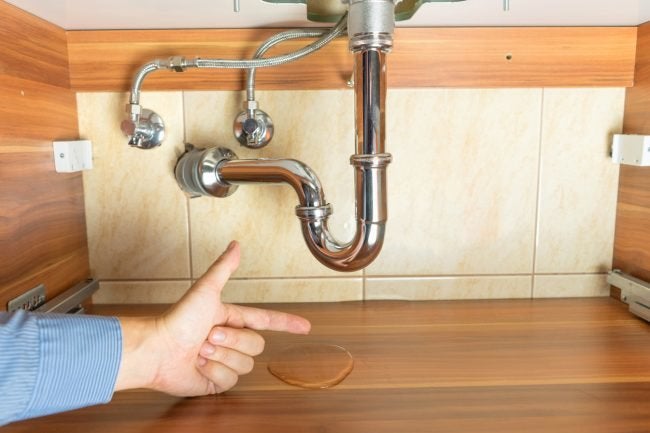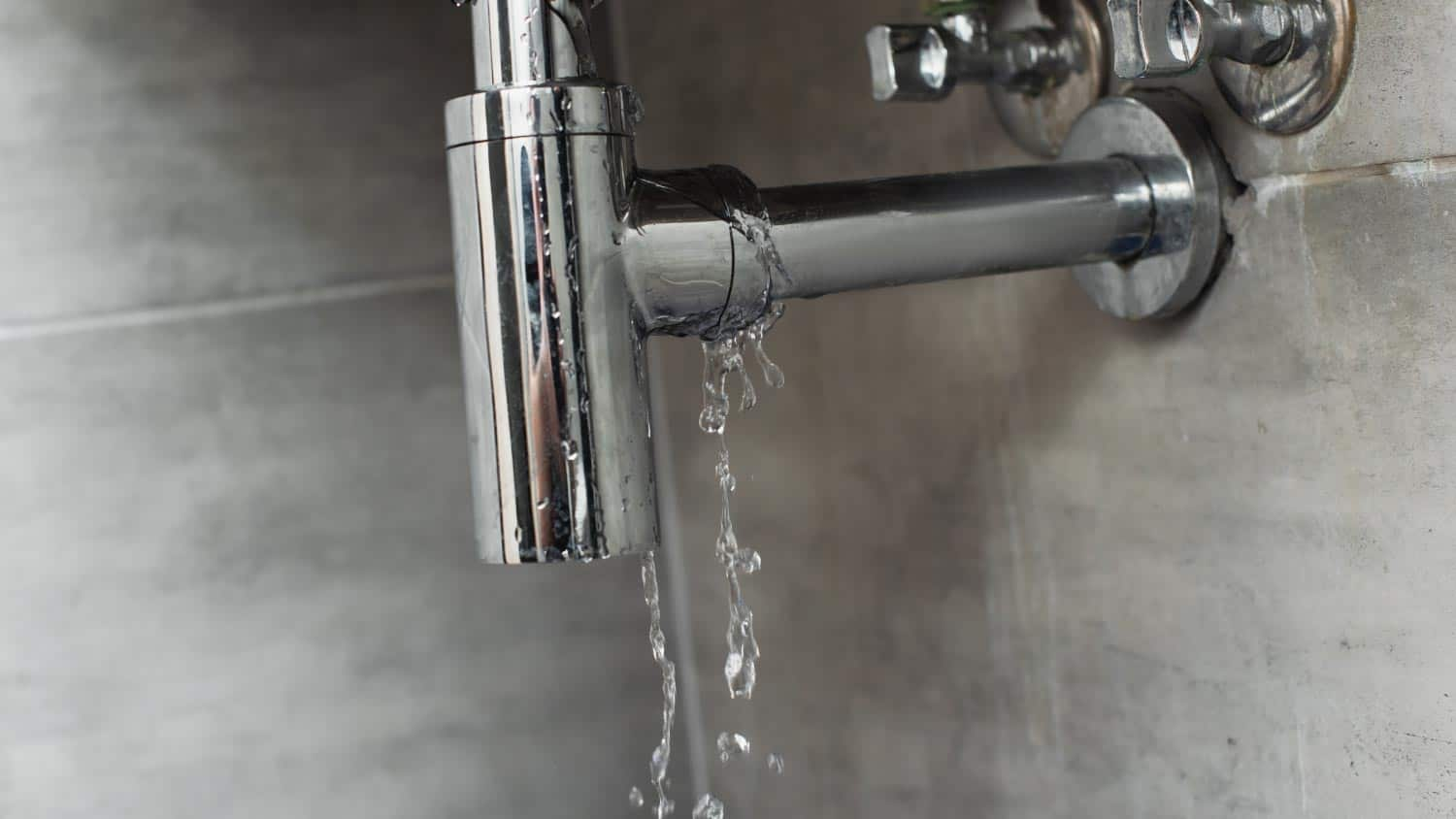How to Check If Your Residence Has a Surprise Leakage
How to Check If Your Residence Has a Surprise Leakage
Blog Article
They are making several good pointers relating to Leaking water lines in general in this great article down below.

Early detection of dripping water lines can mitigate a possible disaster. Some little water leakages may not be visible.
1. Take A Look At the Water Meter
Every residence has a water meter. Checking it is a proven way that helps you discover leakages. For beginners, shut off all the water sources. Make certain nobody will certainly purge, use the faucet, shower, run the washing machine or dishwashing machine. From there, go to the meter and watch if it will change. Since no one is utilizing it, there must be no movements. That suggests a fast-moving leakage if it moves. If you find no changes, wait an hour or 2 and also check back once again. This suggests you may have a slow leak that can even be underground.
2. Check Water Usage
Evaluate your water bills and also track your water intake. As the one paying it, you should see if there are any kind of inconsistencies. If you identify sudden changes, regardless of your intake coinciding, it implies that you have leaks in your plumbing system. Bear in mind, your water expense should fall under the exact same range every month. An unexpected spike in your bill indicates a fast-moving leakage.
Meanwhile, a constant increase monthly, even with the same practices, shows you have a slow leak that's also gradually rising. Call a plumber to thoroughly check your building, specifically if you really feel a cozy area on your flooring with piping beneath.
3. Do a Food Coloring Test
30% comes from bathrooms when it comes to water consumption. Examination to see if they are running correctly. Drop flecks of food color in the container as well as wait 10 mins. If the shade in some way infiltrates your bowl throughout that time without flushing, there's a leak in between the tank and also bowl.
4. Asses Exterior Lines
Don't fail to remember to inspect your outside water lines as well. Must water permeate out of the link, you have a loosened rubber gasket. One little leakage can squander lots of water and also increase your water costs.
5. Assess the situation and also check
House owners must make it a routine to inspect under the sink counters and also inside closets for any kind of bad odor or mold and mildew development. These 2 red flags indicate a leakage so timely interest is called for. Doing routine inspections, also bi-annually, can save you from a significant problem.
Inspect for discolorations and also deteriorating as many pipelines as well as home appliances have a life expectations. If you suspect dripping water lines in your plumbing system, don't wait for it to intensify.
Early detection of leaking water lines can minimize a possible disaster. Some little water leakages might not be visible. Examining it is a proven method that helps you uncover leaks. One little leak can waste bunches of water and also surge your water costs.
If you think dripping water lines in your plumbing system, do not wait for it to escalate.
WARNING SIGNS OF WATER LEAKAGE BEHIND THE WALL
PERSISTENT MUSTY ODORS
As water slowly drips from a leaky pipe inside the wall, flooring and sheetrock stay damp and develop an odor similar to wet cardboard. It generates a musty smell that can help you find hidden leaks.
MOLD IN UNUSUAL AREAS
Mold usually grows in wet areas like kitchens, baths and laundry rooms. If you spot the stuff on walls or baseboards in other rooms of the house, it’s a good indicator of undetected water leaks.
STAINS THAT GROW
When mold thrives around a leaky pipe, it sometimes takes hold on the inside surface of the affected wall. A growing stain on otherwise clean sheetrock is often your sign of a hidden plumbing problem.
PEELING OR BUBBLING WALLPAPER / PAINT
This clue is easy to miss in rooms that don’t get much use. When you see wallpaper separating along seams or paint bubbling or flaking off the wall, blame sheetrock that stays wet because of an undetected leak.
BUCKLED CEILINGS AND STAINED FLOORS
If ceilings or floors in bathrooms, kitchens or laundry areas develop structural problems, don’t rule out constant damp inside the walls. Wet sheetrock can affect adjacent framing, flooring and ceilings.
https://www.servicemasterbyzaba.com/blog/how-to-detect-water-leakage-in-walls/

We were made aware of that editorial about Hacks to detect leaks from a friend on our other site. Liked our write up? Please share it. Let others discover it. Thank you for your time. Visit again soon.
Report this page